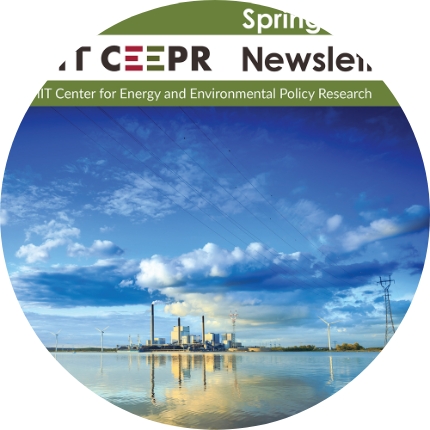
Implementing Negative Emissions Technologies
Negative emissions technologies (NETs) are increasingly looked to as a lever to achieve committed decarbonization goals. However, such technologies raise urgent technical questions around their risks, costs, and benefits. In a new CEEPR Working Paper, MIT Institute Professor John Deutch presents several options for the creation of a NET innovation program to promote their development and deployment, and discusses their implications.
SEE FULL ARTICLE
Spatial and Temporal Variation in the Value of Solar Power across U.S. Electricity Markets
Researchers combine electricity prices, emissions rates, and weather data to map the changing value of PV at ~10,000 locations across the US. Cost declines are found to have outrun value declines, such that the energy, capacity, health, and climate benefits of PV outweigh utility-scale PV costs at the majority of locations modeled.
SEE FULL ARTICLE
Decentralized Economic Dispatch for Radial Electric Distribution Systems
Innovative methods for dispatching power at the residential level must be explored as more DERs are entering the market. This CEEPR Working Paper explains how power dispatching works today, and introduces an alternative, decentralized method that accounts for DERs such as rooftop solar and electric vehicles.
SEE FULL ARTICLE
MITEI awards seven Seed Fund grants for early-stage energy research
Namrata Kala and Christopher Knittel plan to examine key policy levers for meeting electricity demand and renewable energy growth without jeopardizing system reliability in the developing world.
SEE FULL ARTICLE
Weakening the state’s renewable energy standards is bad for Ohioans’ health
In this commentary, CEEPR Senior Research Associate Emil Dimanchev discusses research on the effects of Ohio’s RPS on air quality and human health.
SEE FULL ARTICLE
The Rise Of American Oil
On the Indicator, an NPR podcast show, Stacey Vanek Smith talks to Christopher Knittel, an economist at MIT, about what caused the turnaround in the oil dynamic between the US and OPEC, and what it means for the US and for the global economy.
SEE FULL ARTICLE
Subscribe To Our Newsletter
Subscribe now and check outour Past newsletters


